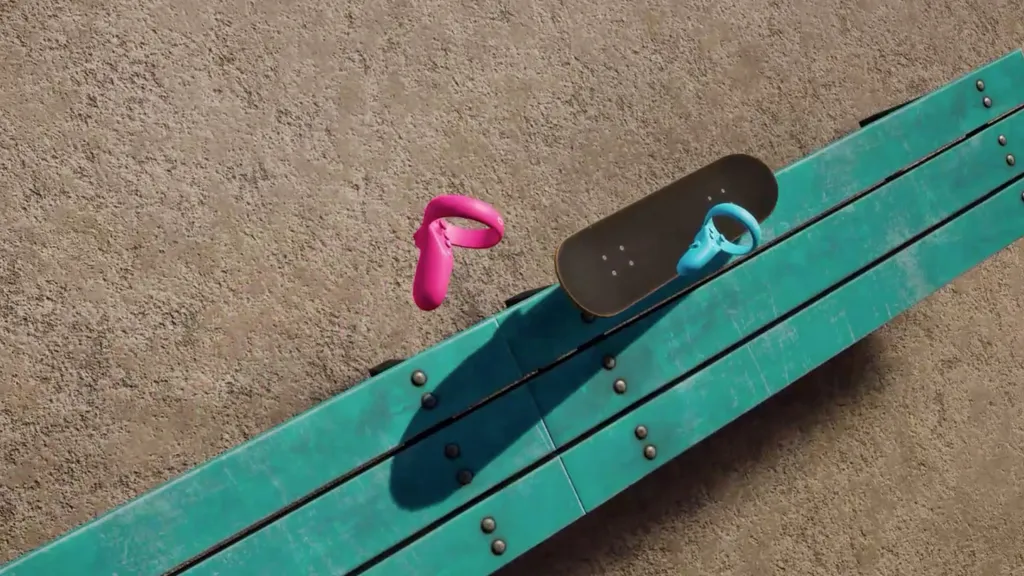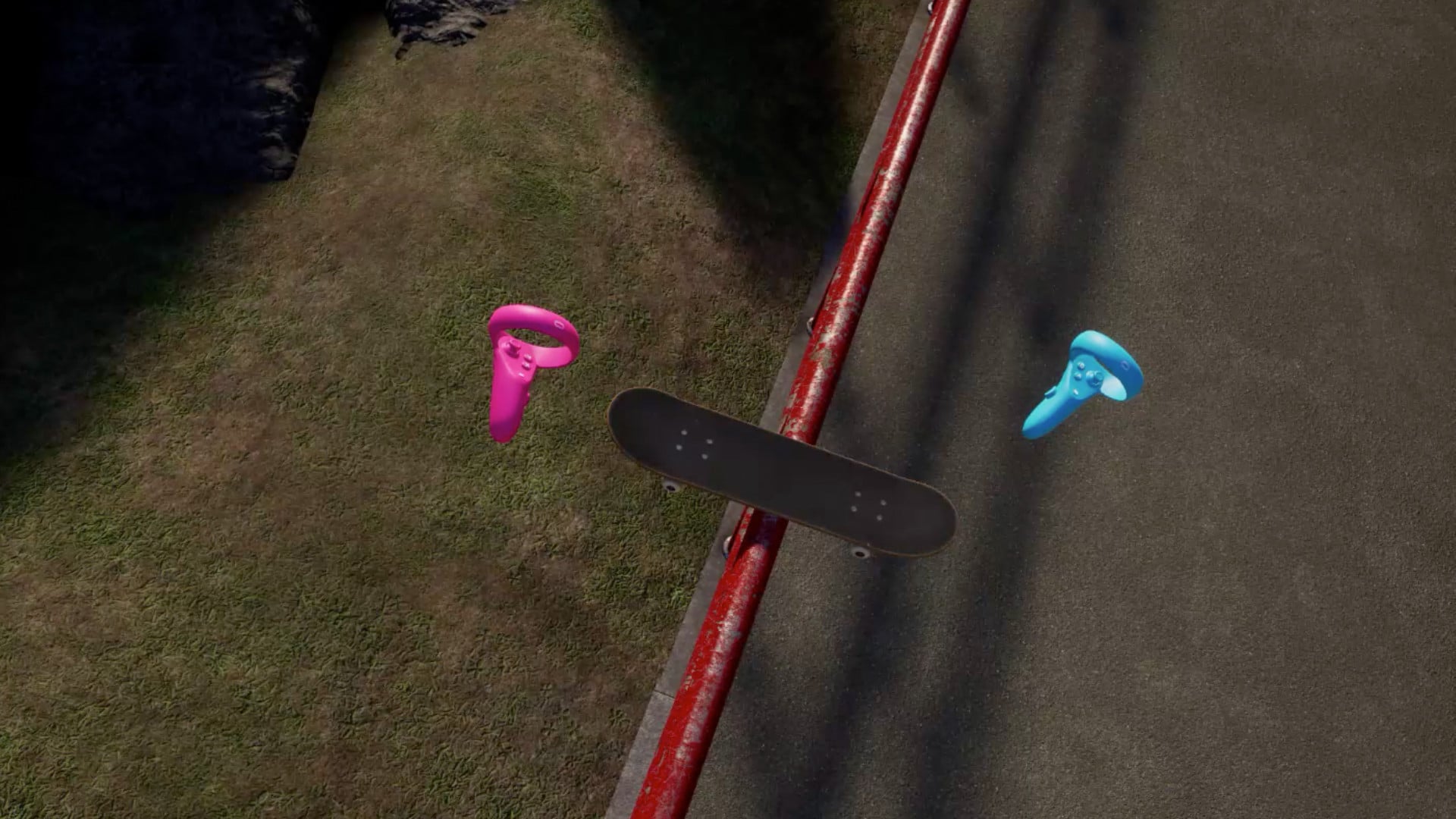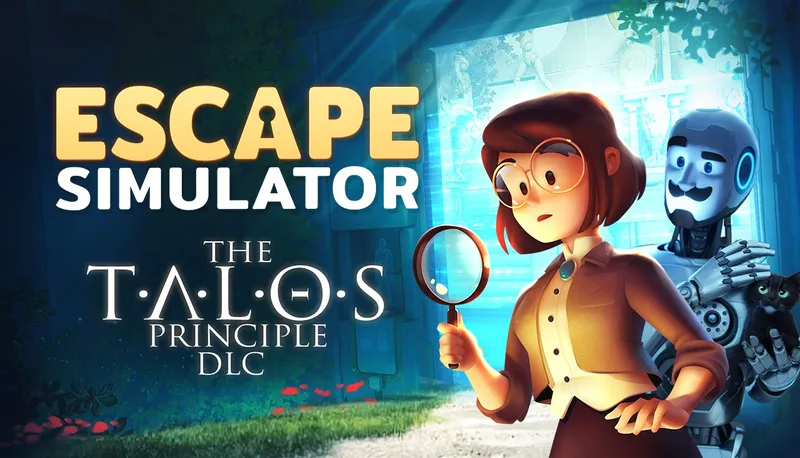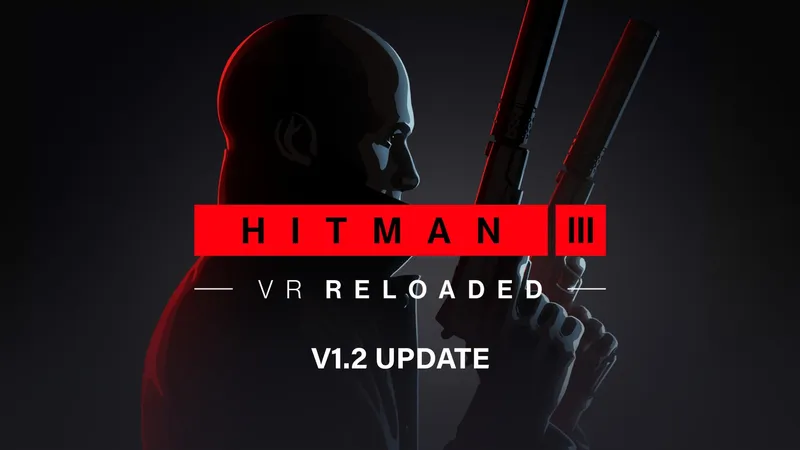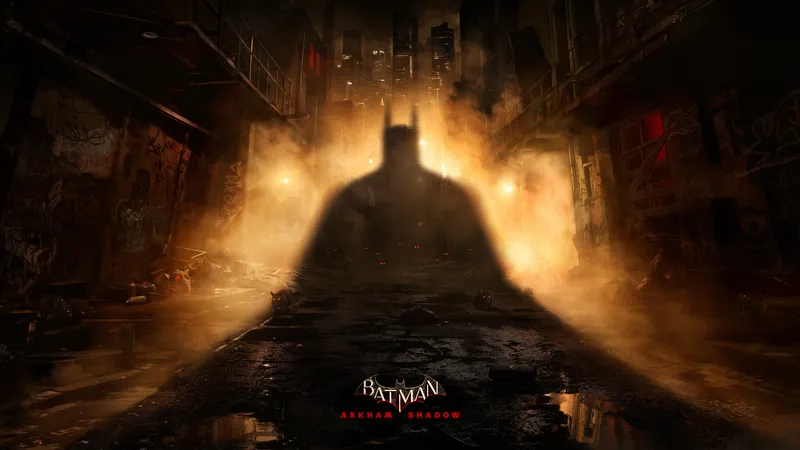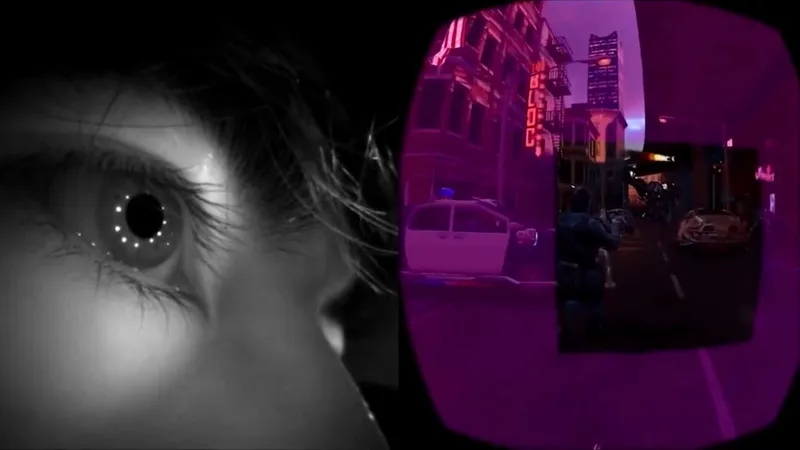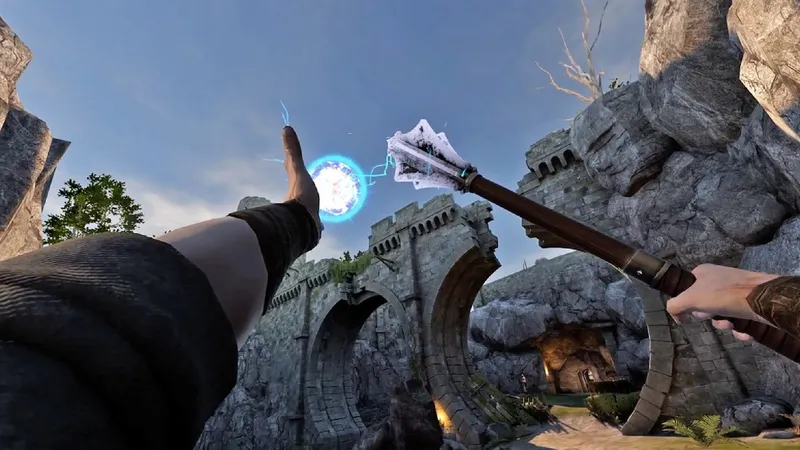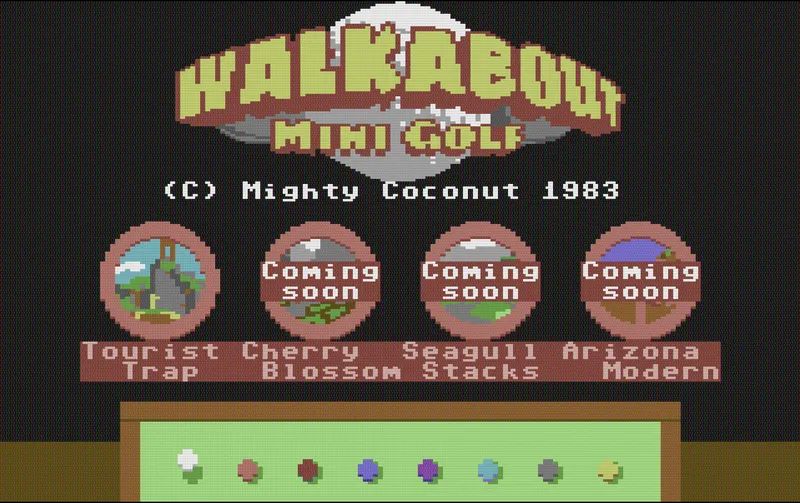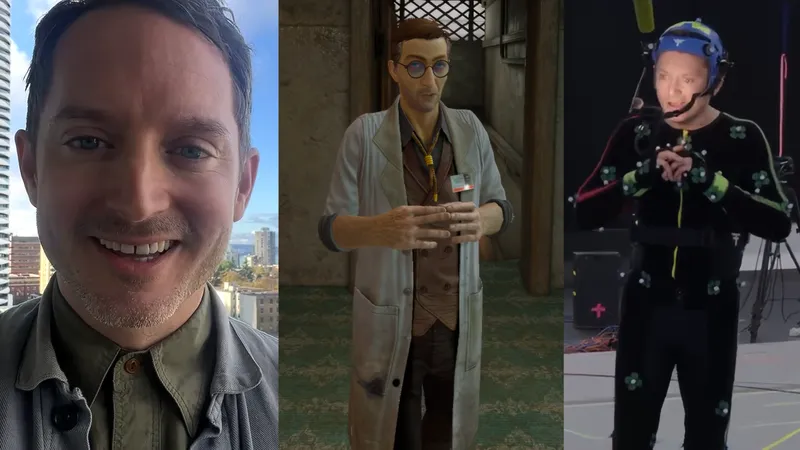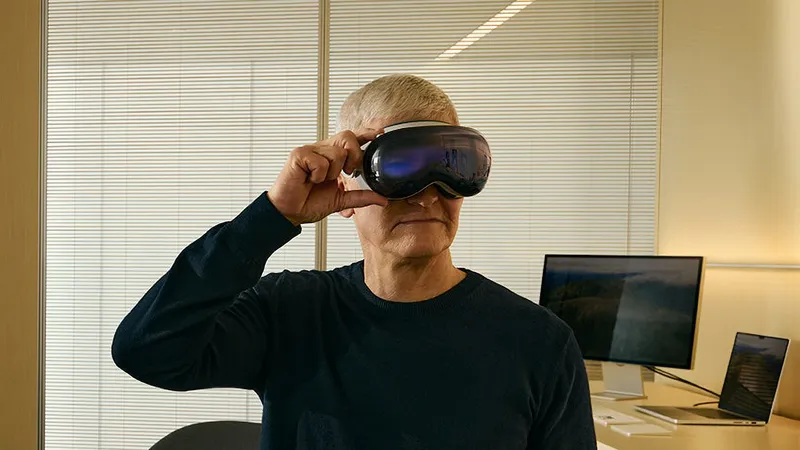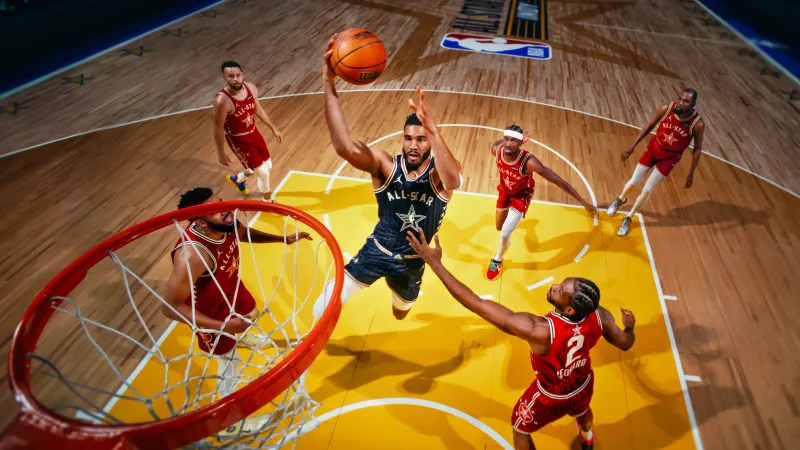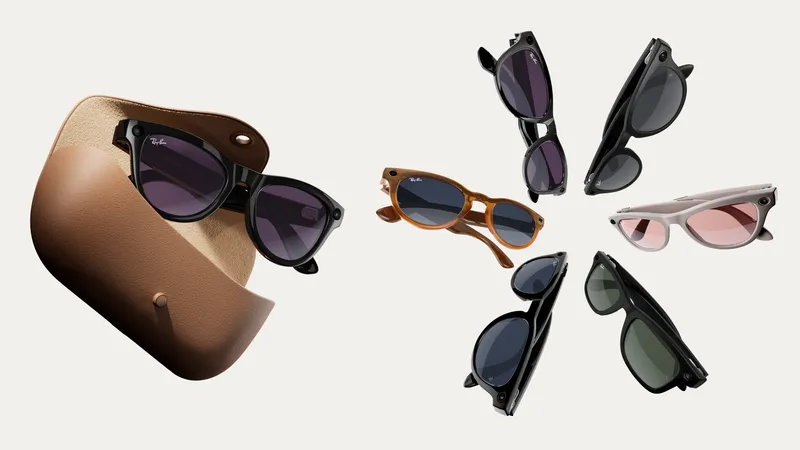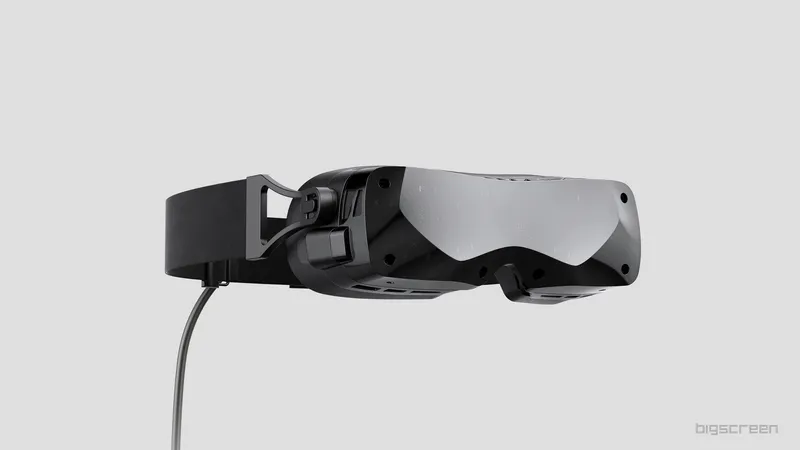Sometimes getting it wrong means something must be going right.
Take VR Skater‘s curious approach to skateboard tricks, for example. They’re, well, tricky. Really tricky, in fact. Whilst simply moving in the game — swinging a controller past your body like a leg pushing off from the floor — feels instantly intuitive, nailing the basics of VR Skater’s approach to ollies and kickflips takes a lot of work, and a lot of getting it wrong. Kind of like the real thing, then, just with fewer scraped knees and chances of ending up on YouTube as you tumble down the stairs.
I’m not yet sure, though, if VR Skater is a bit too tricky for its own good. Bits of it definitely seem that way, but other bits of it are really pretty brilliant.
Out today in early access, Deficit Games is definitely onto something with VR Skater. One straight shot through the game’s high school environment, winding through multiple paths and springing over lunch tables, is enough to tell you that. Rather than setting up halfpipes in skateparks, the studio is designing linear courses that focus on grinds and ollies, and give you a real sense of the speed involved with the sport – not something that flatscreen games have captured quite as well.
Even without spending much time trying to master the game’s catalog of tricks, it’s immensely rewarding to gun it down the course with a sense of confidence I’ve never really achieved in real skateboarding. Ollies are simple – just hold down a button on your right controller (or left for a nollie) and let go. Turning using one hand with the trigger held down can feel sluggish at first but you can adapt to its learning curve quite quickly. Do so, and you’ll soon be jumping through windows, landing on rooftops and rolling down makeshift ramps formed from tables. It’s just the one map for now but Deficit hopes to add more as the pre-release phase progresses.
The more crucial element of VR Skater’s pre-release mode, though, is the Academy, which teaches you its tricks. They’re best when they’re simple – grinding is assigned to holding two buttons as you come down from mid-air and keeps the flow going. Kick and heelflips are quick to master too – wave your hand in a certain direction as you lift off from the ground to effectively spin the board and then hold the jump button back down at the right time to land.
This gesture-based system isn’t always so forgiving, though. Shove its are really tough to master, requiring you to throw your arms back and forth and nail the timing. With practice, I found I got better at them but it’s still tough to nail it just from a stationary position, let alone when speeding through a map. Eventually, you’re taught to handle kickflips and shove its in the same move and that’s when I found the system to really strain, often unsure of what I was asking it to do. With any gesture system it’s hard to tell if you’re not doing it right or if the game simply isn’t registering it right, and throwing that uncertainty into the game is frustrating. Its current video tutorials are very decent, but it’d be great to get a more detailed feedback system in that explains exactly what you’re doing wrong.
I don’t doubt, though, that there are people that are going to master VR Skater, and I’m looking forward to the inevitable YouTube videos of people racking up crazy scores and combos and reaching parts of the map previously thought inaccessible. That, I suspect, will be the real indicator of just how successful this fascinating new control scheme is.
VR Skate is available to buy on Early Access today. Deficit Games hopes to launch in full at the end of the year.

